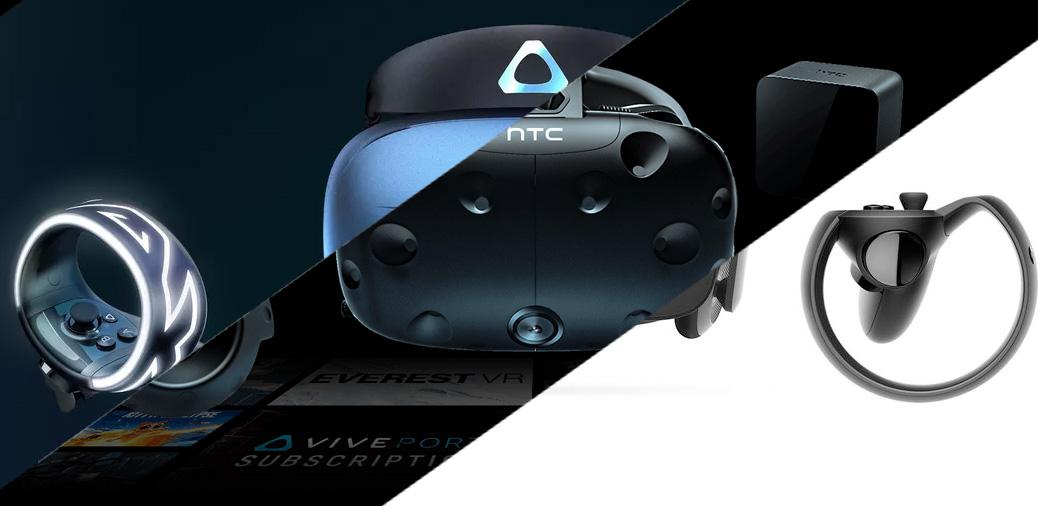Blog
The VR Fragmentation Nightmare
Published on
January 8, 2019
VR has entered the fragmentation era. It’s going to be a doozy. Lets see what we have as for Jan 2019.
Degrees of freedom or DOF
DOF means Degrees Of Freedom, the number of different “directions” that an object can move in 3D space. I explain DOF in detail here. Right now we have headsets that are:
- 3DOF without controllers (Google Cardboard, some GearVR units, Daydream)
- 3DOF with a 3DOF controller (Some GearVR units, Oculus GO, a bunch of others as well)
- 6DOF with a 3DOF controller (Vive Focus, Lenovo Mirage Solo)
- 6DOF with two 6DOF controllers (Vive, Rift, Oculus Quest, Vive Cosmos)
This fragmentation is not trivial, there is a huge difference between 3DOF and 6DOF, both for the headset and the controllers. It affects everything at the very core, how the user interacts with the virtual world, the game mechanics, what the UX looks like, everything. For developers, this is a nightmare. If you try to hit the lowest common denominator, you will lose all the high-end headset market. Playing a game that was designed for 3DOF on a 6DOF headset is annoying and very unfun.
Standalone vs wires vs wireless vs mobile vs hybrid
Oh boy, where do I even start. Lets see what we have right now:
- Wired headsets that connect to a PC or console (Vive, Rift, WMR headsets, PSVR)
- Wireless adapter that still needs a PC, but doesn’t work with laptops (HTC Vive wireless adapter)
- Wireless adapter that still needs a PC and works with laptops but doesn’t support all the headsets (TPCast, doesn’t support Vive Pro or the WMR headsets)
- Wired Headsets that have a built-in display but can run off a phone (Vive Cosmos)
- Standalone Headsets that use a phone as the display (Cardboard, GearVR, Daydream)
- Standalone headsets with built-in display (Oculus Go & Quest, Vive Focus, Lenovo Mirage Solo)
PC headsets have 10x to 20x more processing and rendering power than mobile/standalone headsets. Again, this is a problem for developers as it’s almost impossible to please both groups. If you make your graphics low-poly enough to run on a standalone headset, PC gamers will sneer at your game.
The Vive Cosmos takes this confusion to the extreme by being the first wired hybrid headset, that can run both from a PC and a phone. Or something like that. We don’t really know yet, HTC has not released an explanation or specs, as for Jan 08, 2019.
But wait, there’s more!
How about:
- Eye tracking
- Finger tracking (on the controller)
- Controller layout in general (how many buttons do you to work with?)
- Number of front-facing cameras (Rift has zero, Vive has one, Vive pro has two)
All of these affect the design and mechanics of your VR experience.
Software fragmentation
On top of hardware fragmentation, we also have software gardens, open and closed.
- PSVR only runs PSVR apps
- SteamVR headsets can run Oculus apps via Revive
- Oculus headsets have the Oculus store but can run SteamVR apps natively
- WMR can run SteamVR app via an adapter software
- SteamVR or Oculus can’t run WMR apps
- Viveport uses SteamVR to run Viveport apps
- Oculus Go and Quest won’t be able to run Rift apps
There is no easy solution to these problems, VR is an emerging tech and things are going to get worse before they get better. Developers and consumers will suffer for a while, before things settle down and standards emerge.
